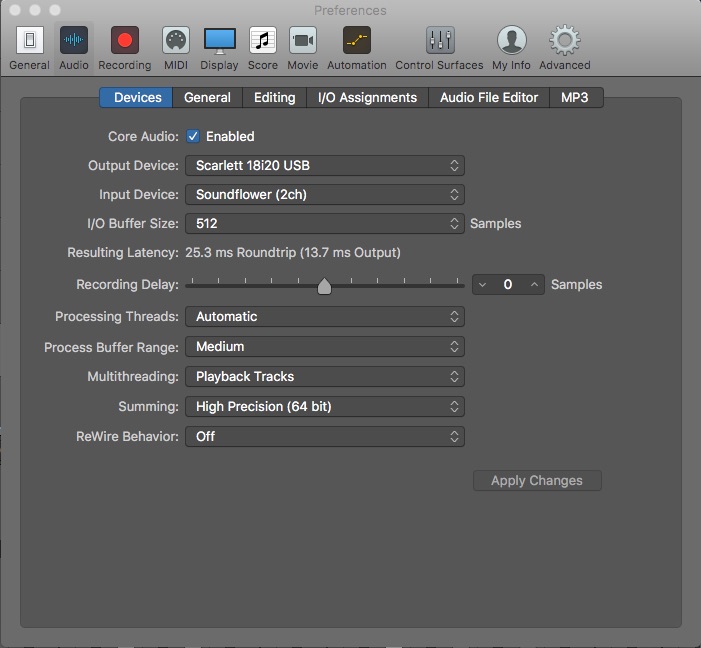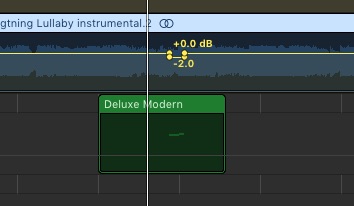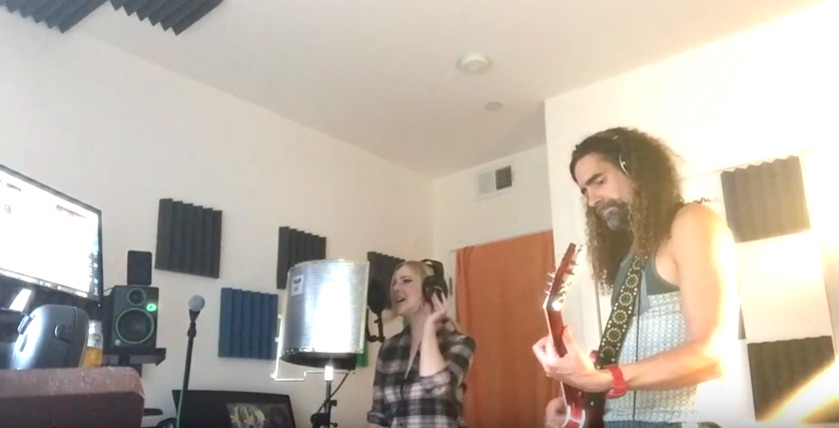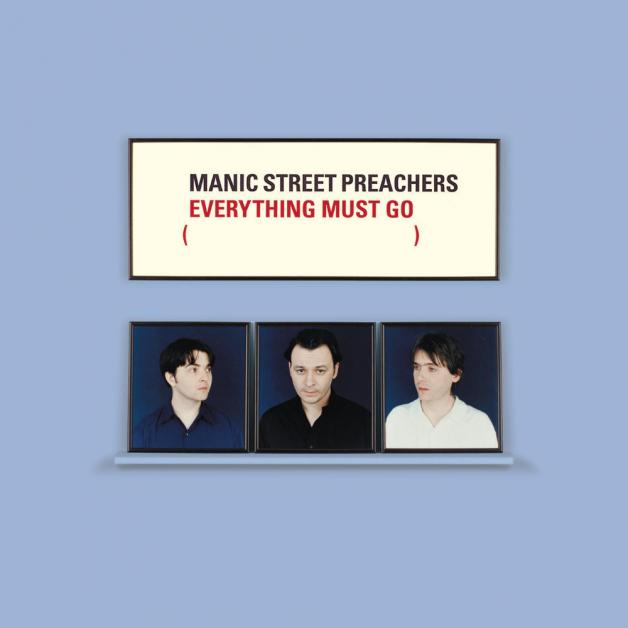Here’s another set of five songs from my ‘What I’ve been listening to’ Spotify playlist. To read more about the list itself, see my first post - http://www.rocinantestudios.com/what-ive-been-listening-to-part-1/ I randomize the list, and then pick the first five standout songs.
The Ship Song: Nick Cave - added 2011-06-15 https://open.spotify.com/track/69ufPR8ZCrKpYrZFFmddb1
It took me a LONG time to get into Nick Cave. My first album was Nocturama, which I really don’t think is a good representation of his best stuff, and isn’t actually a great album. For the most accessible Nick Cave album, I’d go for ‘Abattoir Blues/The Lyre of Orpheus’. This is actually one of his later albums. ‘Abattoir’ has the more upbeat feel and heavier songs, whereas ‘Lyre’ has more ballads. What both parts carry is a groove that goes from start to finish. When an album has a groove to me, if feels like there is no filler, and all the songs work perfectly together. ‘Lyre’ also has a song called ‘O Children’ which is BRILLIANT, and was also used in the Harry Potter movie where everyone is on the run, and Harry dances with Hermione.
There’s a story that I love about this album, although not sure if it’s true. Apparently Nick Cave went into an office from 9 - 5pm to write, in Hove (England). I love the discipline of this. There’s a lot of talk about needing inspiration to write. Sure, inspiration can produce great things, but to be able to just sit down, and write well consistently, is the mark of the stronger writer. Jon Fogerty reportedly did a similar thing when in Creedence, where he just used to stare at a blank wall, to get ideas.
After this, I’d recommend ‘The Boatman’s Call’. The content on this allegedly stemmed from Nick Cave’s breakup with PJ Harvey. I’ve heard some people refer to this album as depressing, but I think it’s great.
Back to ‘The Ship Song’, I won’t over analyze anything here. The vocal melody is so strong, that it probably wouldn’t even matter about the lyrics. If you don’t like sad songs, you might not like this. I however do, and it’s one that stood out to me immediately the first time I heard it.
Pet Semetary: Ramones - added 2011-03-18 https://open.spotify.com/track/07b5vArZtW08PuEqCw61Ei
This song was made for the movie of the same name. Shortly after moving to California, I watched the movie on my own, and absolutely crapped myself. It was a temporary apartment that still felt strange, and I most likely slept with the light on. I’m not even going to talk about watching The Blair Witch or The Conjuring for the first time either.
I love the Ramones. They wrote perfect songs, that were all short and concise, like a lot of the fifties rock and roll songs. There’s too many great Ramones songs to mention. If you’re going to pick one album to listen to, I’d pick ‘Rocket to Russia’, which has the best version of ‘Surfin’ Bird’ that you will EVER hear.
What was sad about the Ramones, was that Johnny and Joey really disliked each other, and barely talked for twenty years or something. Johnny wrote in his autobiography that he didn’t want to go and see Joey on his deathbed, and he wouldn’t have wanted Joey to do the same thing for him. When he developed Pancreatic cancer, he became more thoughtful about many things, and did admit that yes, it was sad that Joey died. This sounds a bit weird, but is the closest you’ll get to Johnny being sentimental, which I found quite touching. Joey had severe OCD, and would often do things like go back to a place to walk through a door ‘properly’, else he would be in a terrible mood. Shortly before he died, he was allegedly going back to a place to do something like turn off a light switch again, and slipped and fell on ice. He broke a hip, and it was essentially complications from this that killed him in his weakened condition whilst recovering from cancer. I guess there’s a very dark humor to this, as it was more the OCD than the cancer that finally got him.
Pet Semetary is certainly not one of their most famous songs, but is a great one. With a chorus of ‘I don’t wanna be buried in a pet semetary, I don’t want to live my life again’, how can you disagree?
A Design for Life (Live): Manic Street Preachers - added 2014-08-22 https://open.spotify.com/track/3EsebSxY7NqvrkqB7vzyMZ
The Manics play stadiums back in the UK, but no one knows who they are in the U.S. This sucks for them, but is great for me as I get to see them close up at tiny venues like Bimbo’s 365 club in San Francisco. I first heard this song waking up to a radio alarm in my first year at Aberdeen University. I went out and bought the album, but accidentally bought the wrong one ‘Gold Against the Soul’, which is certainly not their best, although it does contain an amazing track called ‘From Despair to Where’. I did however manage to change the album the next day for the proper one ‘Everything Must Go’.
In my last year studying English literature, I left most of the dissertation writing to the night before. I had ‘This is my truth, tell me yours’ on repeat for the entire night, whilst drinking endless cups of Earl Grey and going slowly insane. After not sleeping, I drank whisky with my friend Ernest the next day, and then spent all of that night puking. Fortunately there was a toilet in my room, where I just slept in between the pukes.
This live version of the song is from the 10th anniversary edition of the album. It’s probably not the best live take of the song, but what it does have is the sheer anger and power in James Dean Bradfield’s voice, which literally gives me goosebumps when I hear him sing his disillusionment chant of 'We don’t talk about love, we only want to get drunk’. This song is a great pick me up, and in turn, does make me want to get drunk.
Junk: Paul McCartney - added 2015-01-06 https://open.spotify.com/track/2EnRJ8kjTFpEZZWwbTNKZM
I mention a lot that I like sad songs. When I call a song depressing, it’s not that it’s sad. It’s because it’s shit. For example: Coldplay depress me.
This is a really strange song, that actually has the feeling of a piece of throwaway junk. There’s an instrumental version of it that I’ve heard a bunch too, but I think the vocals are great. When I listen to this song, it makes me think of trying something, but failing, then pondering over it. I guess a lot of the best songs contain something of that nature. It’s also used in Jerry Maguire, which is an excellent film, and managed to produce some of the best quotes I’ve ever heard.
This song had me at Hello.
Tonight We Ride: Tom Russell - added 2015-01-08 https://open.spotify.com/track/5y3TxkiIkzVWoLoFSuUjZn
I enjoy horseriding a lot, and go to Hunewill Ranch at least once a year, to ride. I always learn a cowboy song to sing at ‘talent night’, which has introduced me to a load of great cowboy singers such as Dave Stamey and Brenn Hill. I first heard Tom Russell at the Monterey Cowboy poetry festival (also with Dave Stamey). He had a really old Gibson parlour acoustic guitar, which unfortunately has made me hanker for a similar model. Just don’t mention this to my wife, as I’m on a ‘pocket money’ budget just now.
Anyway, I thought Tom Russell was great, and found out that he co-wrote the song ‘Navaho Rug’, which is a really famous Ian Tyson song. Who is Ian Tyson? He’s the guy who wrote ‘Four Strong Winds’, which you’ll definitely recognize. Also, don’t make the mistake of thinking that Neil Young wrote this song, as it’s on one of his albums, and his version was the first I heard. My only complaint with the studio version of 'Tonight We Ride', is that there’s an intro that takes about 30 seconds.
About 15 years back, the UK band ‘Doves’ won the Mercury music award for the album ’The Last Broadcast’, which is a distinguished award in the UK. I went out and bought this album without hearing any of it, and found it EXTREMELY depressing (see my original comment above about the usage of depressing). To make things worse, there is an intro that last for 1.18 minutes. I can’t stand the singer’s voice, and I’m still annoyed about the purchase of the album to this very day.
For a good cowboy song, with a forgivable intro, this is a great one to listen to. Also, if you want to hear a more great cowboy songs:
Dave Stamey - The Vaquero song
Chris Ledoux - The Ride
Brenn Hill - Benny
The last time I went to the Monterey festival, I had just ‘prematurely' finished working for certain big company the week before, and was enjoying the beer at lunchtime. The venue where the show was in the evening was boiling. My feet were so hot, I had to take my cowboy boots off, and promptly fell asleep. I was awoken by someone next to me saying I was touching his girlfriend’s leg with my leg. I don’t think I have any sort of leg perversion, and anyone viewing the situation would have concluded that I was not mindfully operating my leg whilst sleeping. There was a load of space, and they could have moved their chairs. If the situation was reversed, and the girlfriend was sleeping whilst involuntary touching my leg with hers, I would take the high ground, and remain silent for the duration of the touching.
















































